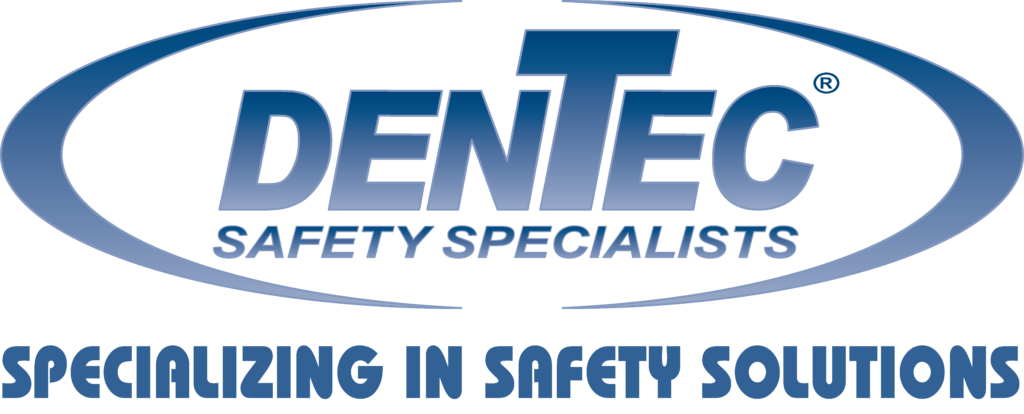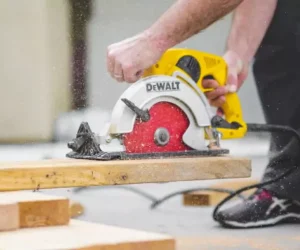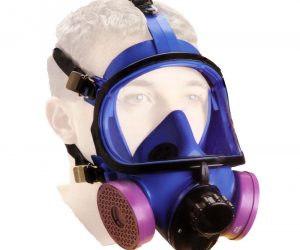During the summer months workers often face a dual challenge: working at heights and coping with high temperatures. While tasks performed at heights already pose inherent risks, the added factor of heat, along with the potential for heat stress, further complicates matters and increases the overall risk involved.
Here at Dentec Safety, we strive to ensure that employers and their workers are equipped with the necessary knowledge and tools to stay safe in these demanding conditions. In this blog post, we will delve into the risks associated with heat and working from heights, as well as discuss practical measures that can be taken to mitigate these risks effectively.
Heat Stress Hazards
Working in high temperatures can lead to heat-related illnesses such as heat exhaustion and heatstroke. When combined with physical exertion, inadequate hydration, and other safety hazards such as falling from heights, the risk of these conditions becomes even greater.
Heat Stress Symptoms
It is crucial for employers and workers to recognize the symptoms of heat stress. These symptoms can include dizziness, fatigue, nausea, and confusion. If any of these symptoms are experienced while working at heights or performing any other task, workers should immediately seek shade, rest, and rehydrate.

Control Measures for Heat Stress
To combat heat stress, our safety specialists here at Dentec advise implementing the following control measures:
- Establish a Proper Hydration Program: Stay hydrated by drinking plenty of water throughout the day in combination with an electrolyte replacement drink. Water alone does not replenish the essential mineral nutrients and electrolytes that the body needs to properly function.
- Wear Protective Clothing: Choose lightweight and breathable clothing that allows heat to escape and air to circulate. Additionally, consider wearing a wide-brimmed hat or using a cooling bandana to provide protection from the sun.
- Use Sunscreen: Apply a broad-spectrum sunscreen with a high SPF rating to exposed skin, ensuring comprehensive protection from harmful UV rays. Reapply sunscreen as directed to maintain adequate protection throughout the day.
- Take Rest Breaks: Take regular breaks in shaded or air-conditioned areas to allow your body to cool down. Avoid overexertion, especially during the hottest parts of the day. All provincial regulations recommend following the work/rest ratio guidelines provided by the American Conference of Governmental Industrial Hygienists (ACHIG).
Working From Heights
Working at heights poses unique risks that require special precautions. Falls from heights are a leading cause of serious injuries and fatalities in many industries. These risks are only made greater when compounded by exposure to high temperatures. Heat stress symptoms can impair performance and increase the likelihood of a fall.

Working from Heights Safety Measures
To mitigate the risks associated with working at heights, our safety specialists at Dentec recommend implementing the following safety measures:
- Working from Heights Training: Ensure that all workers receive comprehensive training on working at heights. This training should include understanding fall hazards, proper use of safety equipment, and emergency procedures.
- Use Fall Protection Equipment: Use appropriate fall protection equipment including harnesses, lanyards, and anchors. This equipment should be regularly inspected and maintained in accordance with the manufacturer’s recommendations to ensure its effectiveness.
- Install Guardrails and Toe Boards: Install guardrails and toe boards around elevated work areas to prevent falls. Toe boards help to prevent dropped objects, protecting those underneath. When tools are being used at heights, workers should consider using tool tethers to minimize the risk of tools falling and causing serious injury or damaging equipment below. These barriers and precautions provide an additional layer of protection for workers.
- Ensure Safe Access and Egress: Ensure that workers have safe and secure means of access and egress when working at heights. This may include providing well-maintained ladders, scaffolding, or aerial lifts. It is important to regularly inspect and maintain access equipment to ensure their stability and reliability.
- Conduct a Risk Assessment: Conduct a thorough risk assessment before starting any work at heights. Identify potential hazards and develop a plan to effectively mitigate them. By analyzing the risks involved, you can proactively address potential dangers and implement appropriate safety measures.

Stay Cool, Safe, and Productive This Summer
As the summer heat intensifies and workers tackle tasks at heights, it is essential to prioritize safety. Here at Dentec Safety, we emphasize the importance of recognizing the risks associated with heat and working from heights, as well as taking proactive steps to mitigate those risks. By implementing the recommended safety and control measures, workers can protect themselves and their colleagues from potential harm. Remember, a well-informed and prepared workforce is a safer workforce. Stay cool, stay safe, and enjoy a productive summer season.
Dentec Safety is a leading manufacturer and distributor of safety products in the North America since 2004. Dentec Safety is dedicated to providing the highest quality safety products and solutions delivering enhanced value and comfort. Our expertise from decades of experience in Industrial Safety and our innovative design technologies have solidified us as thought leaders in the field. Protection and comfort are at the core of everything we do at Dentec. As a leading manufacturer of Safety Solutions, it is our mission to help organizations do the right thing, keep their employees safe and exceed Industry Health & Safety Standard.








